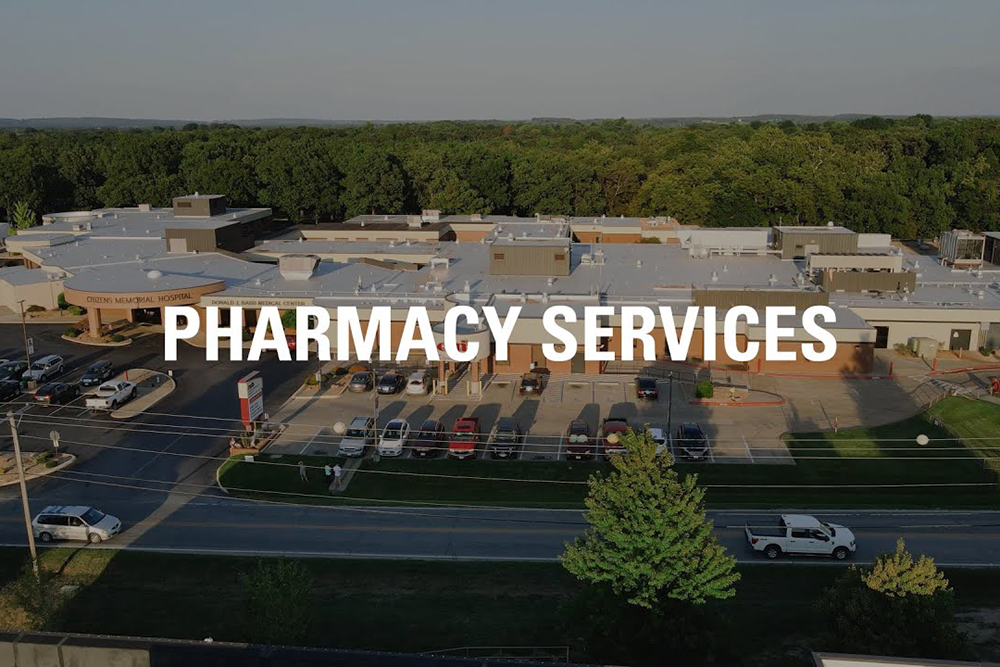CEO Update: Mobile Integrated Healthcare
Mobile Integrated Healthcare is a new program at CMH that started in July 2023. It fits in our strategic plan to provide the safest and highest quality health care. It also increases our participation in population health programs. The program is possible through $1.8 million in grant funding for vehicles, personnel and equipment.
Continue reading or watch this video to learn more about MIH. Steve Keller and Ryan McDonald are the community paramedics leading this program. Ryann Allen is the MIH care coordinator who schedules visits with the community paramedics and other medical providers. Their experiences help share the significant impact we are already seeing through MIH.
What is MIH?
Ryann: I would explain MIH as being community paramedics working as an extension of primary care providers, going out to patients and bringing that health care to them. It’s a great service for high-risk patients. We’re able to provide additional support and bring health care to them.
Steve: Community paramedics are an extension of the primary care provider, specialist or Emergency Department. We’re able to go in and visit a patient in their home. We can identify gaps in health care and help that patient manage those gaps. We give them the resources that are available to manage those gaps in their health care.
I see it as a time — like back in the day — when doctors made house calls. That’s kind of what we’re doing. We’re seeing that patient in their home. They may not have the transportation available, or they may not be able to afford to get to the doctor. There have been gaps where arrangements have been made, but the services have not come and seen the patients. We’re able to get into the house and actually lay eyes on the patient, evaluate the house and see if they have other needs. Maybe they need help with utilities or food. These things all affect their health care.
Ryan: It is a short-term program, so that’s one way it is different from home health. We’re not taking the place of home health. If they get established with home health, we step back. And we have had several patients where our goal was to make sure they get established with home health, physical therapy or something in the home to make them better. Once we’re done, they’re either in someone else’s good hands or in a better place where they’re taking care of themselves.
MIH is a cooperative effort
One of the key aspects of our mobile integrated health program is that it’s integrated throughout our system. We have multiple departments that are working together with our community paramedics to ensure that patients get what they need in the home environment. Our physicians and primary care team, care management team and pharmacy team all work together to coordinate the care we provide.
Participation from our primary care providers is essential to the program’s success. And they’ve demonstrated that they’ve seen what a difference it makes in patients’ lives. Patients who aren’t able to come into the clinic are able to get care immediately. They’re able to link up with those patients through telemedicine services. So we really appreciate the involvement of primary care in the program.
Ryan: It’s a collaborative effort. Mobile integrated health is not really its own separate entity, but it is the culmination of all different aspects coming together. We’re not out seeing patients on our own. We’re literally doing it under what their physician wants. There’s a lot of communication with their personal care team. Transitional care management is involved. Community resource specialists. There are different departments of the hospital that are actually helping to shape the course of what this program does.
This is really a good transition in the patient’s environment between the physician and their patient. So it’s a way for that patient to have needs met in their own environment.
Making a difference
In the first seven months, we saw 56 patients and had 233 patient visits. But recently, we’ve seen an increase in the number of patients we’ve been able to serve. In the end, it’s really not about the numbers. It’s about making a difference in patients’ lives.
Ryann: One specific example that comes to mind is a patient who was homebound. She was pretty much stuck in her living room due to her wheelchair not fitting into her house. MIH was able to go out and set her up with a virtual visit with our primary care provider and help with that. And we were able to get her a walker.
Ryan: I have a patient I’m seeing for some wound care issues. One of the comments he made to me on a visit before I left was that he truly appreciated feeling like the hospital cared for me. Not just about if you’re there because you’re sick and needing something, but the help that we’re giving now. The benefit I’m seeing from this on a community-wide scale is just fantastic.
Learn more in Vitality magazine
I’m really thrilled about the stories of how the MIH program is making such a difference in patients’ lives. For more information about the program, check out our Spring 2024 issue of Vitality. You’ll learn more about this innovative service that we provide at CMH.
Michael Calhoun shares the latest happenings at CMH in his monthly CEO Updates. He is the CEO/executive director of CMH and the Citizens Memorial Health Care Foundation.




